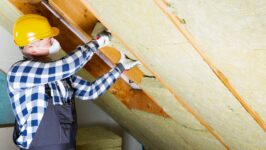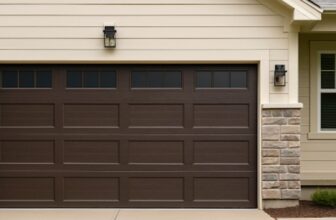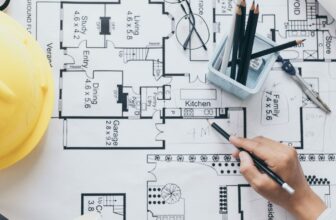
When Should You Remove Insulation from Your Home?
Ensuring your home is properly insulated is important not only for maintaining a stable temperature but also for saving on energy costs in the long run by lowering utility bills. However, there are instances where removing insulation becomes necessary to ensure an efficient living environment. This article explores reasons why insulation removal might be needed and offers guidance on when it might be appropriate to take action.
Signs of Damage
The reason for removing insulation is frequently associated with damage caused by pests such as rodents or insects that build nests in it and reduce its efficiency. A telltale sign of infestation is torn material. Moreover, water damage from leaks or floods can lead to mold growth that poses health risks. Dampness in insulation indicates underlying moisture issues that need attention. In some situations, removing insulation from house is a dire necessity to maintain a healthy living space.
Aging Material
As the years go by and time takes its toll on a house, insulation systems can start to deteriorate and become less effective. This could lead to increased energy consumption and higher utility bills for homes with outdated materials that no longer provide resistance. Therefore, it is recommended for homeowners with insulated houses to inspect the insulation condition and consider replacing it if necessary after consulting with experts who can offer guidance on the course of action.
Upgrading Efficiency
Advancements in insulation technology have simplified the process of conserving energy at home and boosting property efficiency. This is even more relevant for homeowners exploring upgraded insulation choices that provide resistance and noise reduction features while managing moisture levels effectively.

This is done by replacing outdated materials with newer options and creating a more comfortable and economically viable living environment.
Health Concerns
When concerns arise regarding health in connection with the insulation of a building, this signals the need to remove the insulation material due to health hazards associated with insulation types such as asbestos fibres. These fibers can lead to issues and other health concerns when they are disturbed and become airborne. If asbestos insulation is found in a home, removal is necessary to uphold safety regulations. Furthermore, mold-infested insulation can trigger allergies and respiratory ailments, necessitating removal for the resident’s welfare.
Renovation Projects
Working on home improvement projects like renovations or remodeling, jobs that involve accessing walls or ceilings to reveal the insulation for maintenance or upgrades, such as wiring and plumbing adjustments or enhancements, during the reconstruction process. It is also an opportunity to enhance insulation by replacing it with newer and better materials aimed at improving the property’s overall performance and providing long-term benefits for homeowners to enjoy from their renovation endeavors in the future.
Energy Audits
Engaging in an energy assessment can reveal inefficiencies in a household’s insulation system. Experts will evaluate the residence and identify areas where energy is escaping. These evaluations may suggest upgrading insulation to improve insulation and reduce energy consumption. Homeowners looking to improve efficiency should follow the recommendations from the assessment to optimize their home’s energy efficiency.
Environmental Impact
Some insulation materials can affect the environment to some extent. Homeowners looking to reduce their carbon footprint might consider replacing non-eco-friendly options with sustainable ones.

Removing materials that harm the environment in exchange for eco-friendly alternatives can encourage an environmentally conscious lifestyle. Choosing products thoughtfully allows individuals to align their homes with their values.
Cost Considerations
Removing insulation might lead to some costs. This could result in long-term savings as inefficient insulation can cause higher energy bills to build up over time. Dealing with issues such as water damage or pest infestations promptly can prevent the need for costly repairs down the line. Although the idea of investing in insulation removal and replacement may seem daunting at first glance, it often proves to be a wise financial decision in the end.
Conclusion
Determining when it’s time to replace insulation in your home involves considering factors such as the wear and tear on the insulation material over time and how it impacts energy efficiency and indoor air quality. While it may appear overwhelming initially, having an understanding of the signs to watch for and the benefits of replacing insulation can help homeowners make smart decisions. Ensuring that the insulation continues to function and keeps residents safe is essential to creating a living environment that is both energy efficient and promotes good health. Ultimately, addressing any insulation issues not only enhances a home’s performance but also supports the well-being of its inhabitants.




